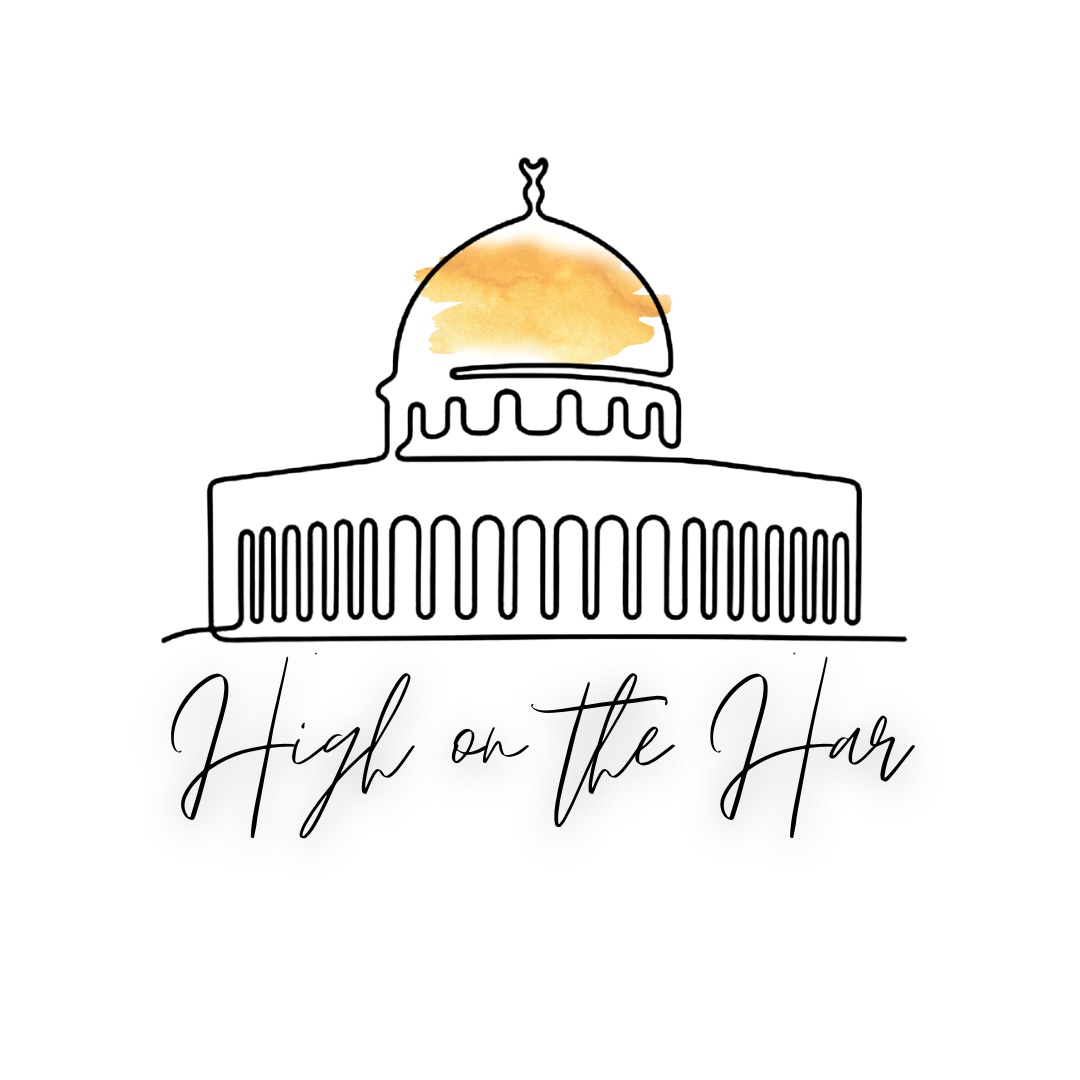High On The Har Featured in the Wall Street Journal
- High On The Har

- Nov 17, 2022
- 3 min read
Updated: Dec 10, 2022
Jerusalem
Before it mattered for any other reason, Jerusalem was the center of a sacrificial cult. According to Jewish eschatology, this is what it will be again one day, when earthly existence is perfected and the Third Temple stands over the Even HaShtiya—the Foundation Stone, the first thing God created, the location of the Holy of Holies. The seventh-century Dome of the Rock now encloses the likeliest site of this transcendent physical link between the earthly and the numinous, which is also the spot where Muslims believe Muhammad ascended to heaven. For Jews it is a place so sacred that halacha, religious law, typically treats the entire Har HaBayit—the Mountain of the House, as in God’s house—as being dangerous to visit.
But things may be changing, as I discovered on an August visit. “As a religion, we decided to stay off the Har,” said Yehuda Levi, a close-shaven, sharply dressed Lakewood, N.J.-raised rabbi who is now based here. The Orthodox world in which Rabbi Levi grew up usually bars Jews from the Har HaBayit, but he leads tours of the Temple Mount through an organization called High on the Har. “We’d be foolish to pretend we’re not in the minority,” he acknowledged.
In the world’s only majority-Jewish country, synagogue and state have joined together to ban Jews from praying at their religion’s holiest site. Most halachic authorities hold that the Holy of Holies’ exact location is unknown, and that today’s Jews are too ritually impure to risk the deadly consequences of trespassing on it. Halacha also prohibits bringing about the end times through conscious human agency, making it a potential sacrilege to treat the Har as anything beyond an object of redemptive longing. The Israeli government, cognizant of the dangers of ruling Islam’s third-holiest place, turned the mount over to the local Muslim religious trust immediately after capturing east Jerusalem from its Jordanian occupiers during the Six Day War in 1967.
The site became a remarkable point of anti-messianic harmony between Israel’s secular and religious establishments, which helps explain why the status quo has held so long. But Rabbi Levi’s defiant “minority” has shifted the site’s daily realities. A group of at least 30 students from nearby Yeshivat Har HaBayit now journeys up the mount at 7 a.m. most days. “At first we prayed by talking to one another,” Rabbi Levi recalled. They would recite the morning service as if the prayers were different halves of what the police would think were casual conversations. “Then we started giving tours. Then we would quietly do mifratz hashatz,” the climactic vocal section of the service. “Over a period of five years we have basically normalized prayer.”
A couple dozen other Jews waited with us for a police escort up the wooden ramp connecting the Western Wall plaza to the mount’s Mughrabi Gate—a tiny fraction of Israel’s seven million Jews, but also far more Jews than a visitor would have seen a decade ago. There were black-hat Hasidim, a family in casual dress, and an assortment of the knit kippahs of the hippie-like agrarian far right of the settlement movement. An Israeli policeman warned our group in Hebrew not to sing or dance, sneak in religious objects or pray. We would have to be off by 11 a.m., in 35 minutes.
Armed officers watched as the group whispered the morning prayer near the complex’s back wall. Across from us, the dust-strewn plaza surrounding the Dome of the Rock was conspicuously empty. One man mouthed the morning’s Torah portion from memory as the police beckoned us toward the exit. “The police are more machmir”—stringent—“than the Arabs,” Rabbi Levi said. The officers’ vigilance, along with their pliability over time, explained why the rabbi had been so effusively friendly with them.
For a growing number of Israelis, the ban on Jewish prayer on the Temple Mount epitomizes the state’s ambivalence toward Judaism itself, and a decadeslong indecision as to whether Jewish belief is a hazard in need of careful management or the reason for modern Israel’s existence. Like this month’s Knesset election, in which gleefully antiestablishment parties seeking a more Jewish national character made large gains, the quietly changing situation on the Temple Mount attests to which camp is winning and why. “You push to the point of resistance,” Rabbi Levi said. The point hasn’t been met, so the pushing will continue.
Rabbi Levi warmly greeted a middle-aged Arab shopkeeper as we entered the Muslim Quarter. I recalled the Temple Mount activist and Knesset member Yehuda Glick, who survived a 2014 shooting attack, and asked Rabbi Levi if he worried about becoming a target for assassination. “Oh, definitely,” he said when we were a block away from the shopkeeper, whom he sees almost every day. “And it’ll probably be that guy.”
Mr. Rosen is a staff writer for Tablet magazine.
Click here to view the article online.


Comments